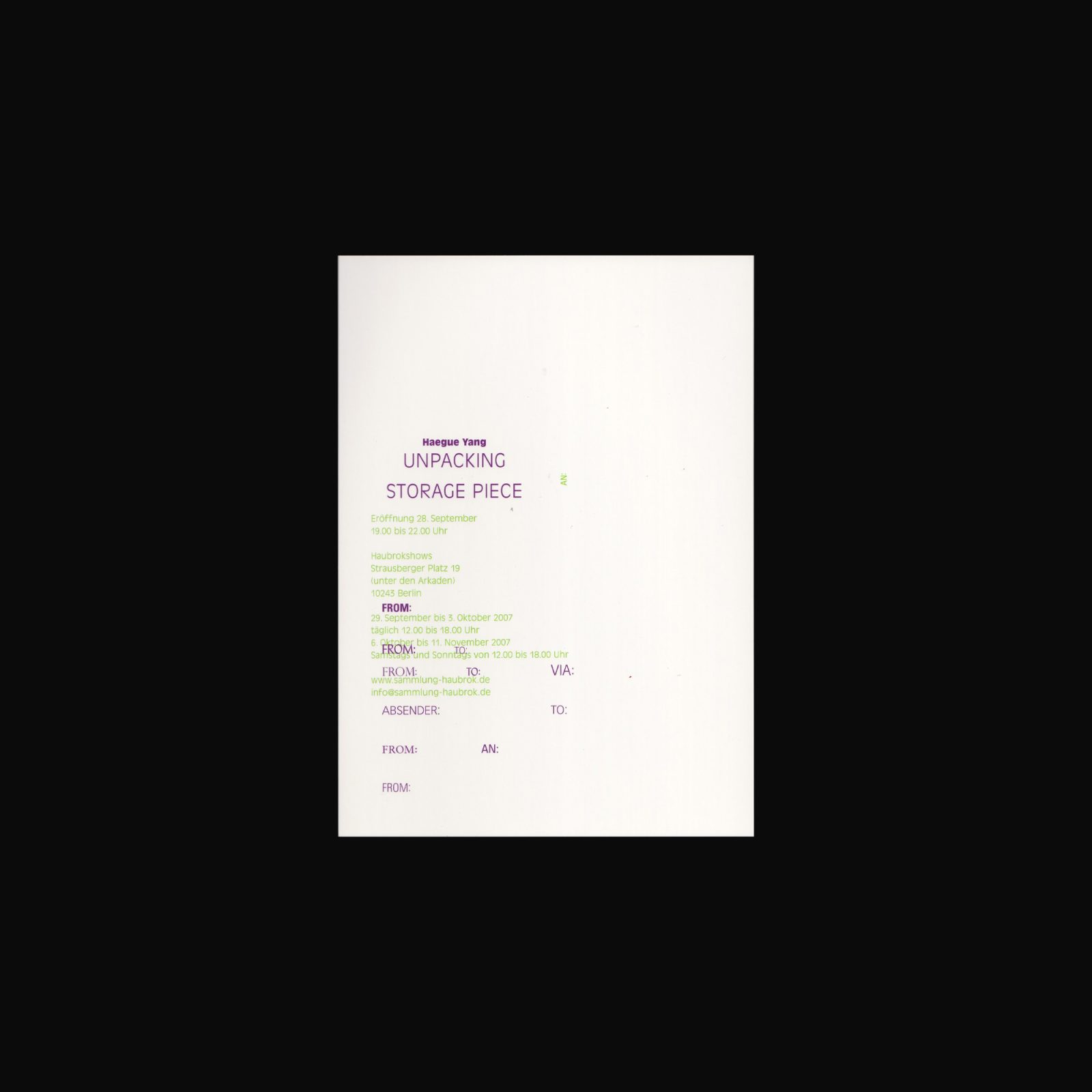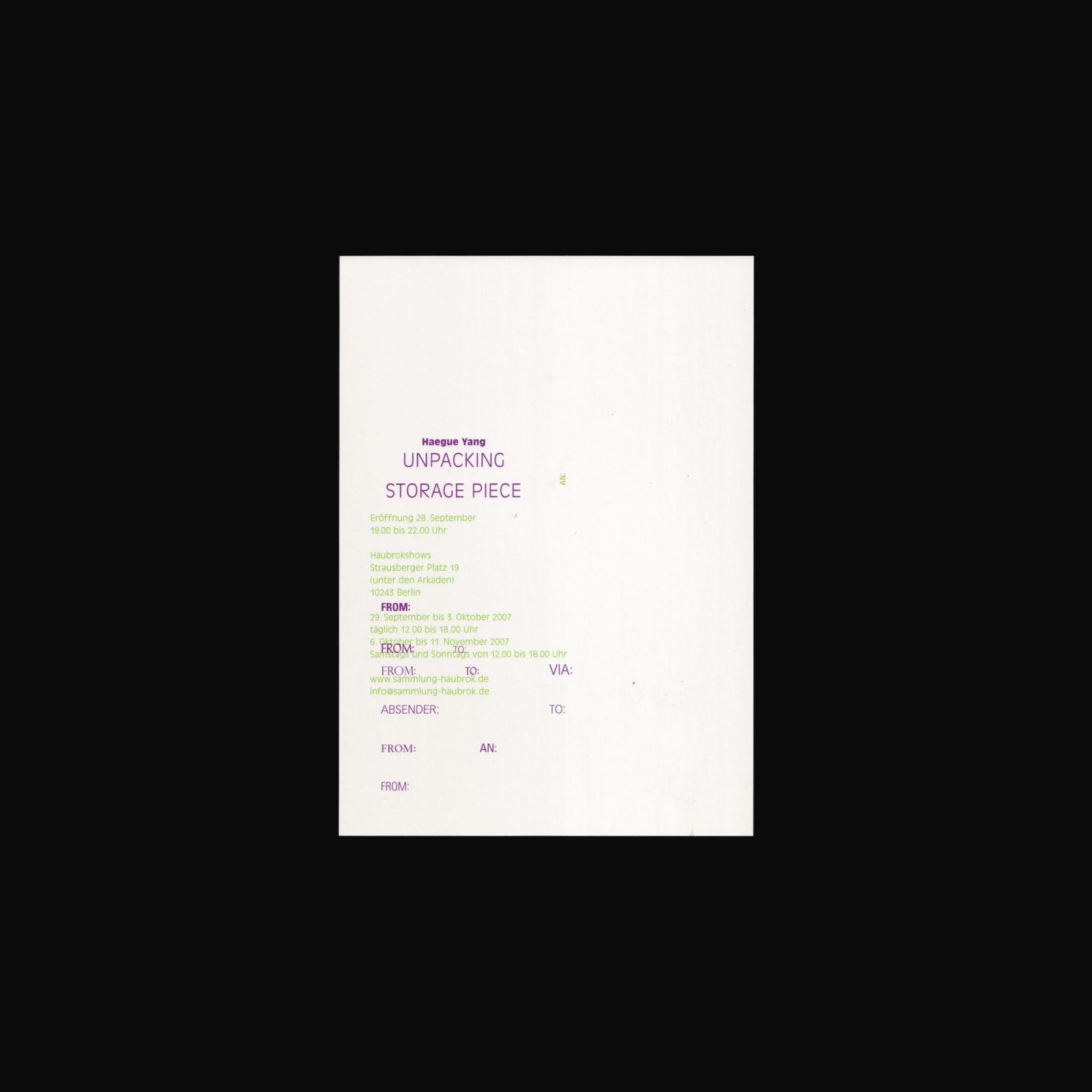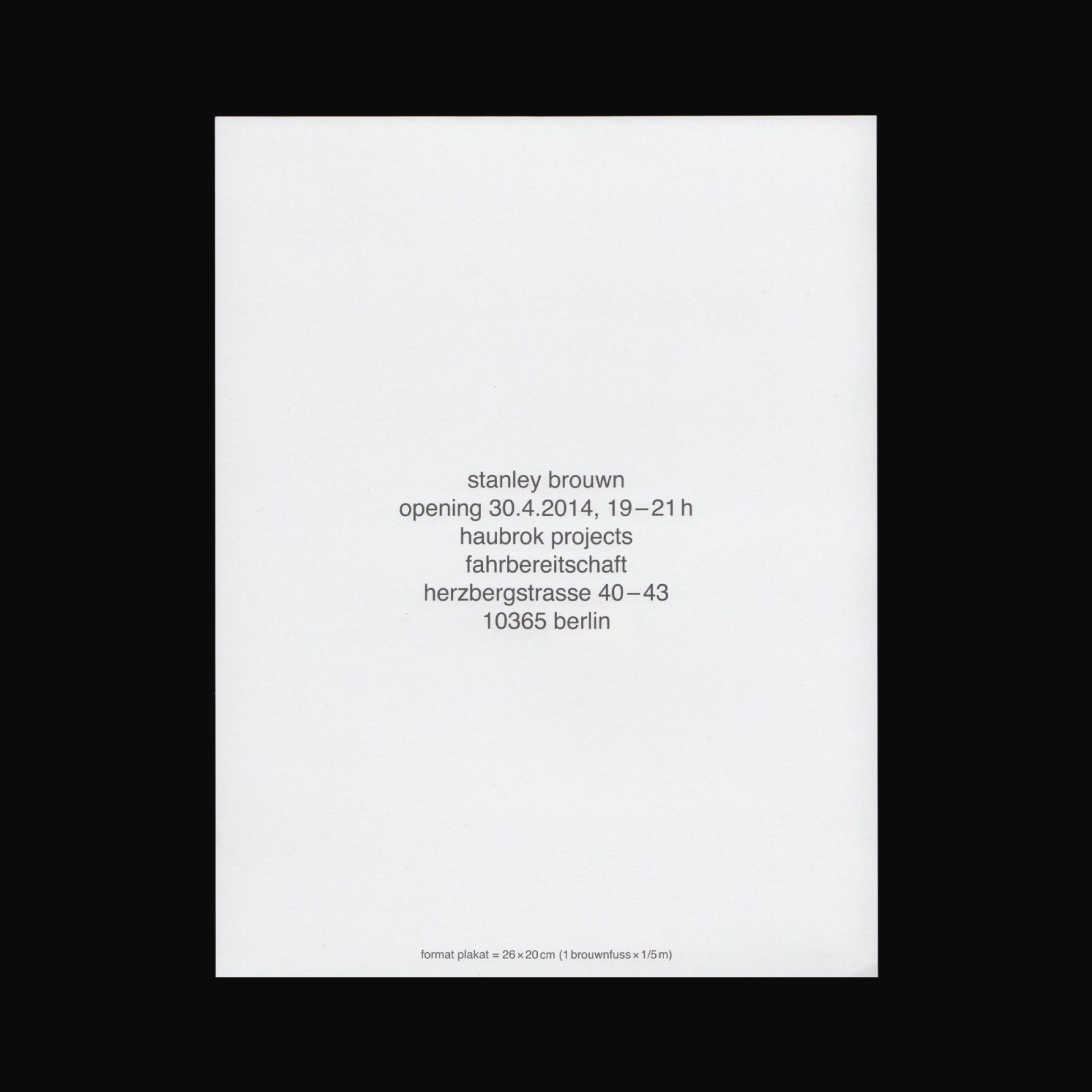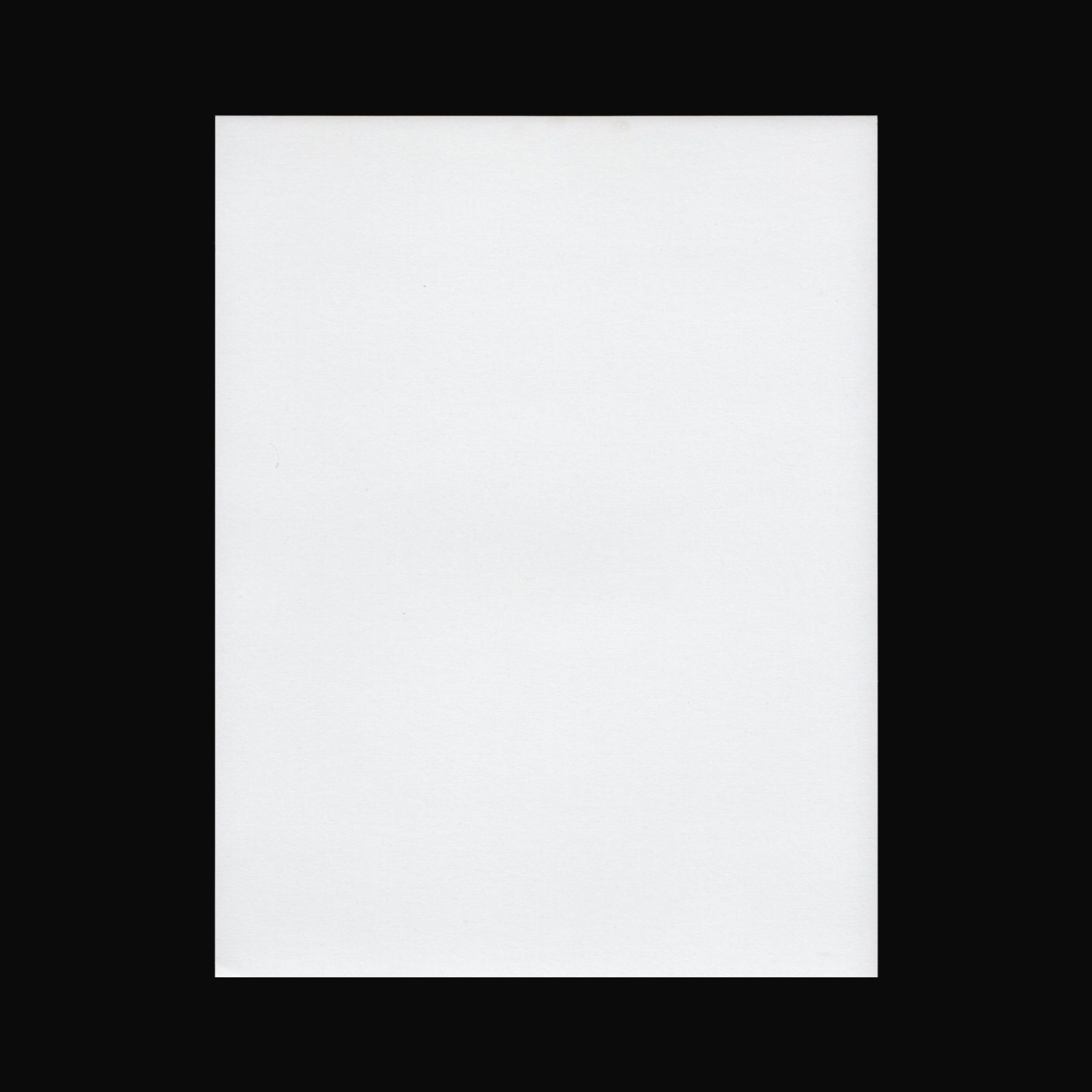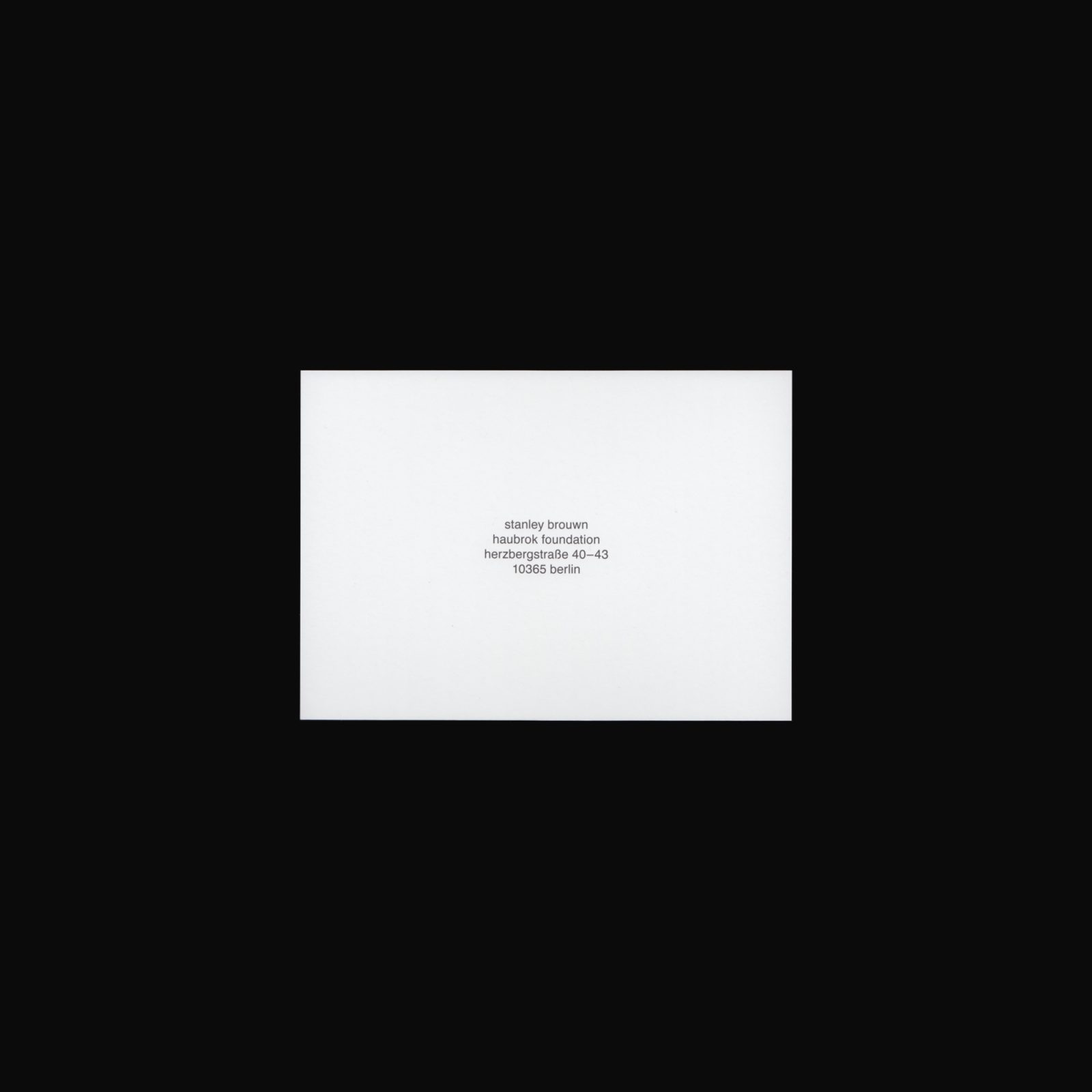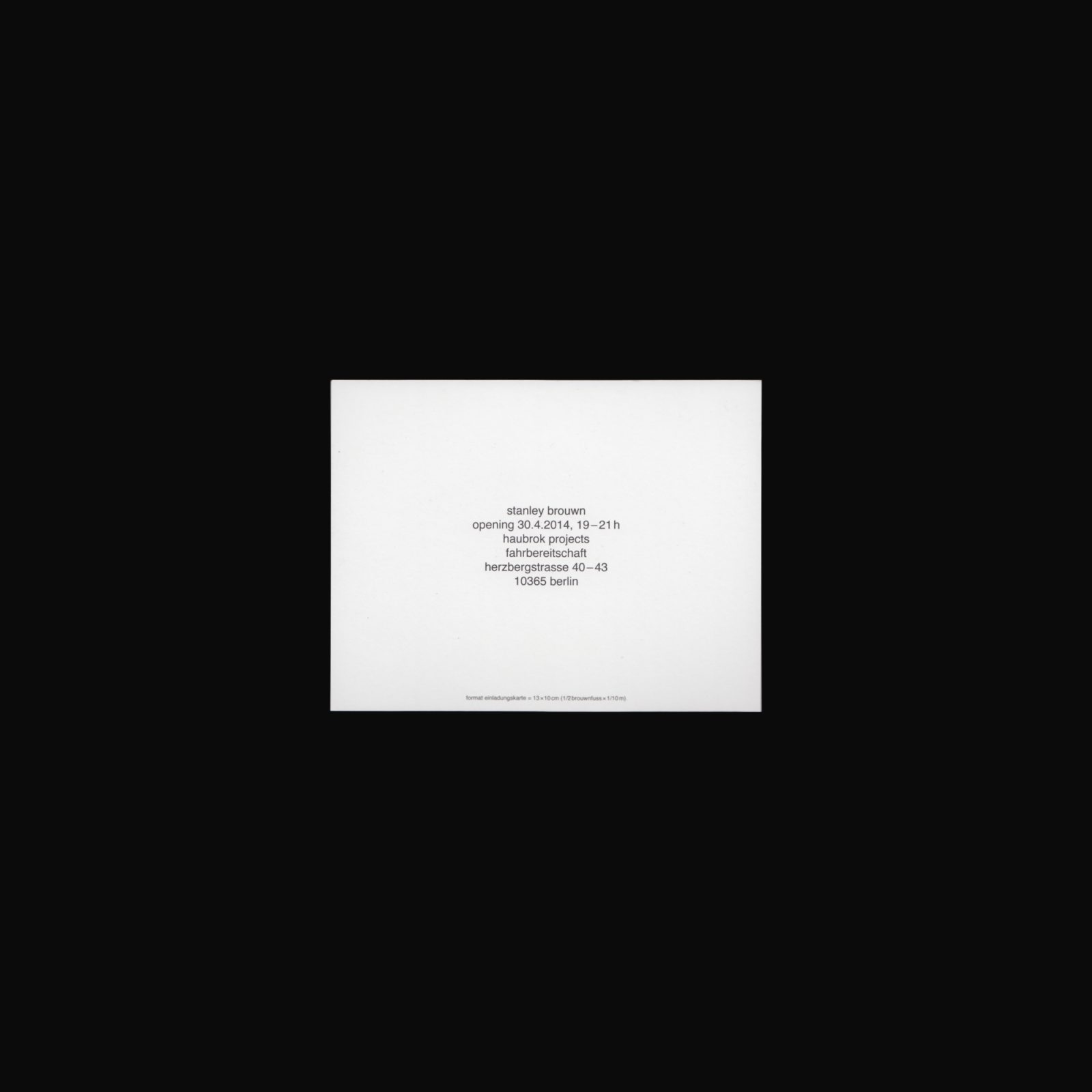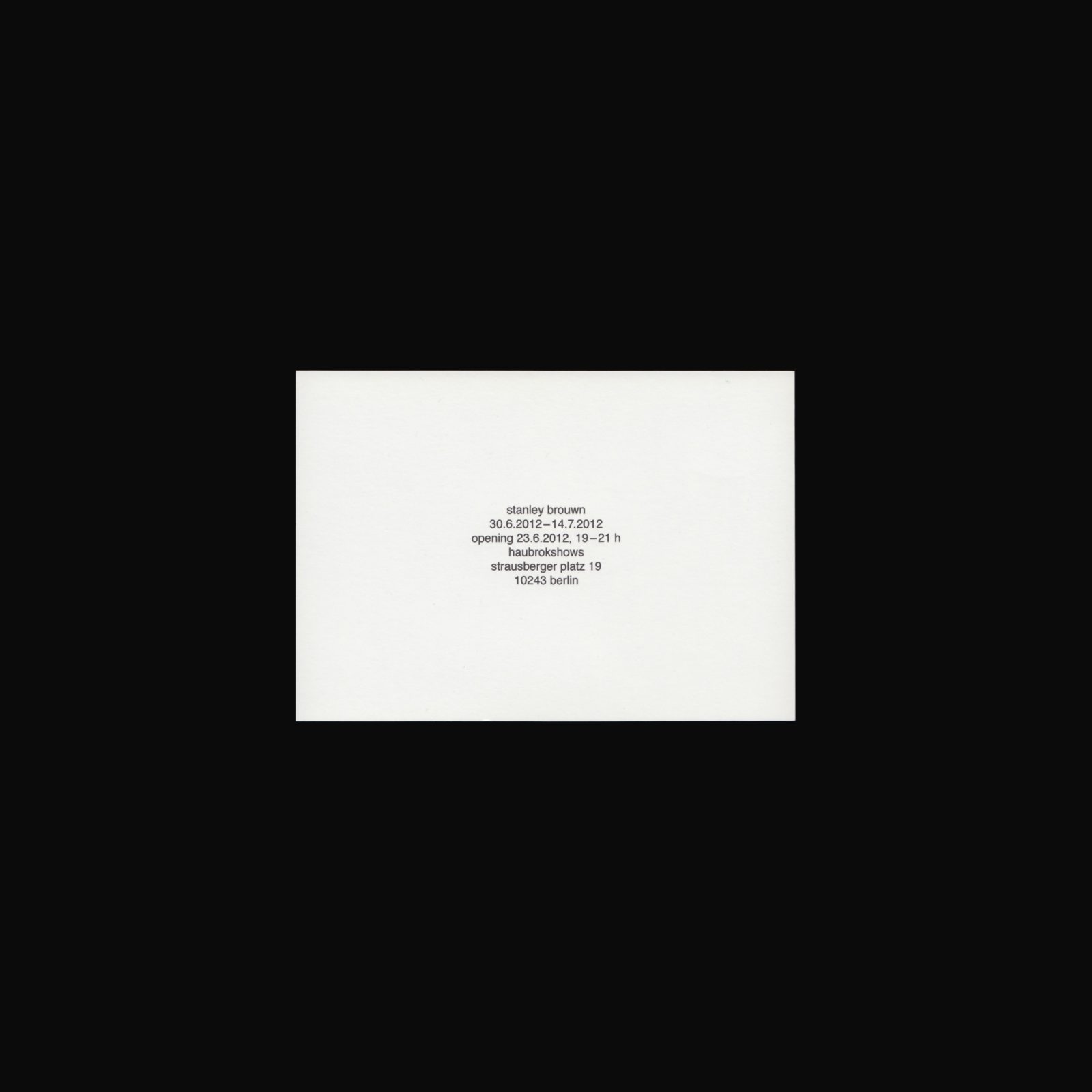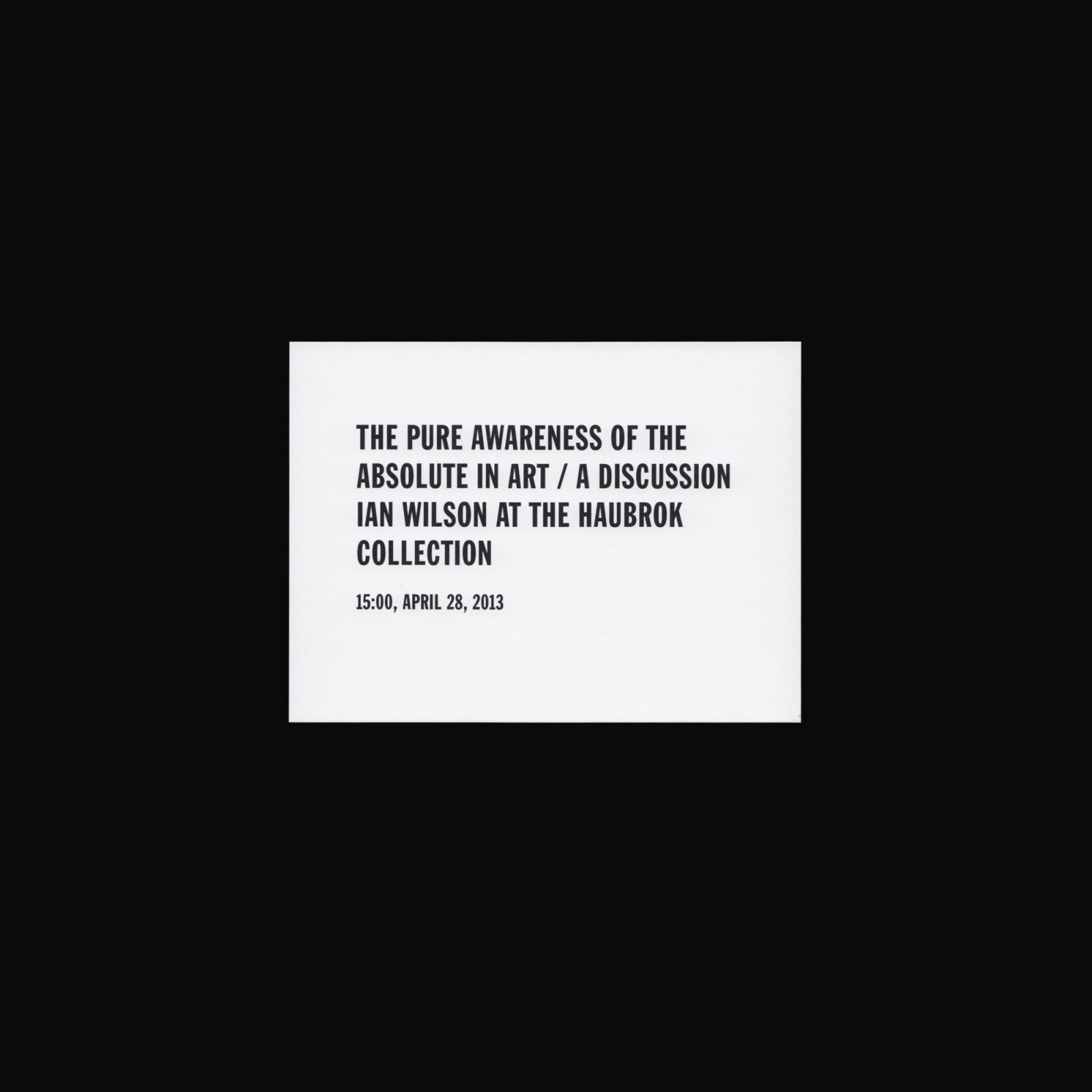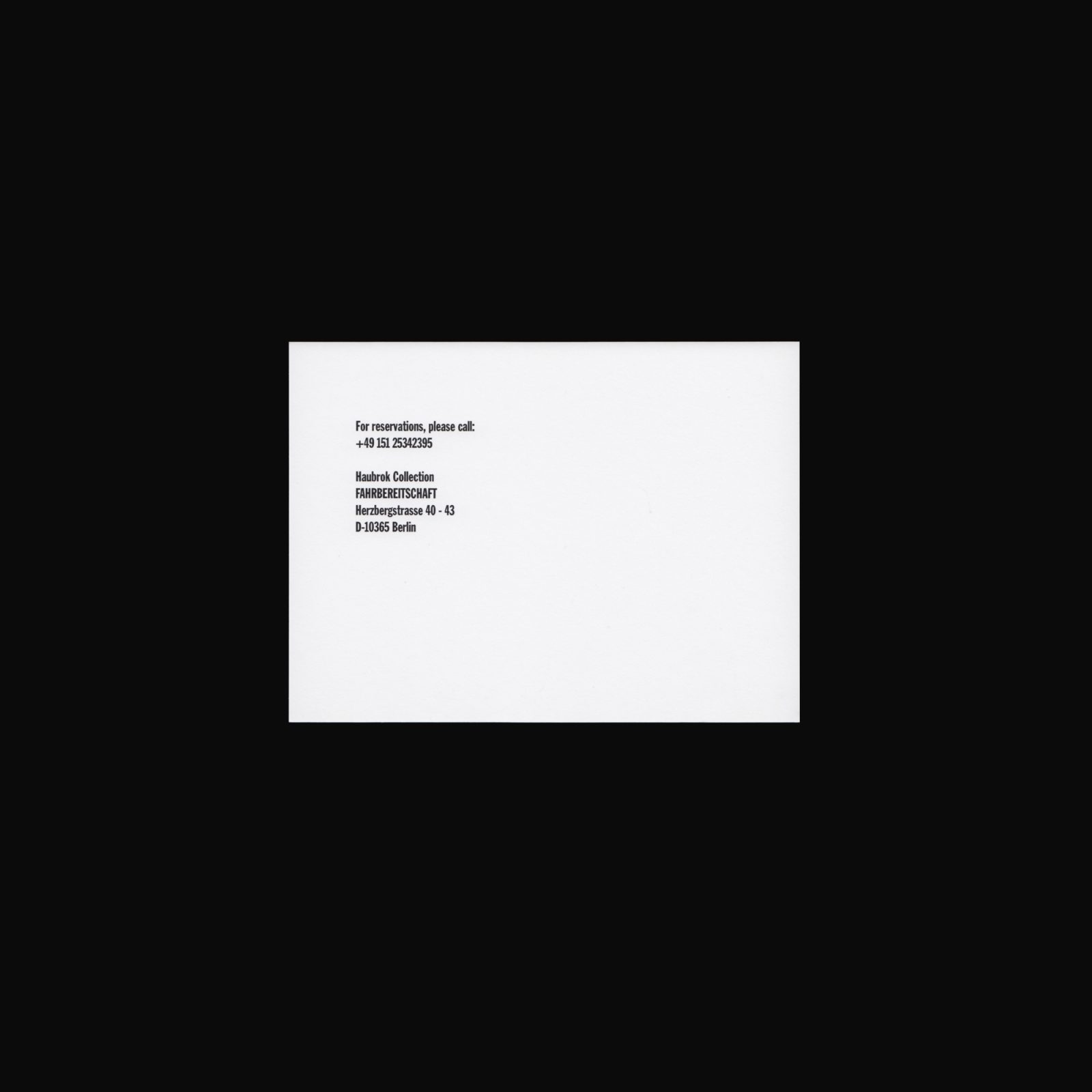Produced on the occasion of Haegue Yang’s exhibition Unpacking Storage Piece at Haubrokshows, Berlin, 29 September–3 October, 2007.
“Storage Piece was created in 2003. It consists of works that had yet to be sold and nowhere to be stored. Meanwhile, the work, born from necessity, had been exhibited numerous times. Upon its purchase by Axel Haubrok at Art Forum 2005 in Berlin, Haegue Yang transferred the work’s authorship to the collector. The possibility to unpack it was a conceptual part of the work and has now been realized by the owner together with the artist.” Exhibition press release
*Please note this publication is secondhand and has some traces of previous ownership.
